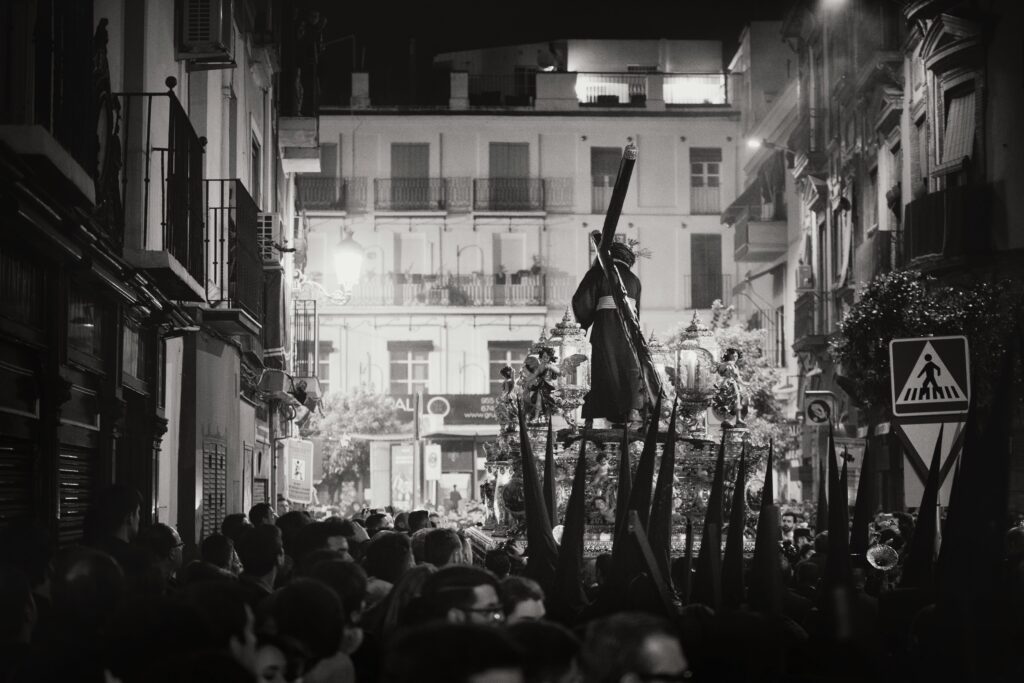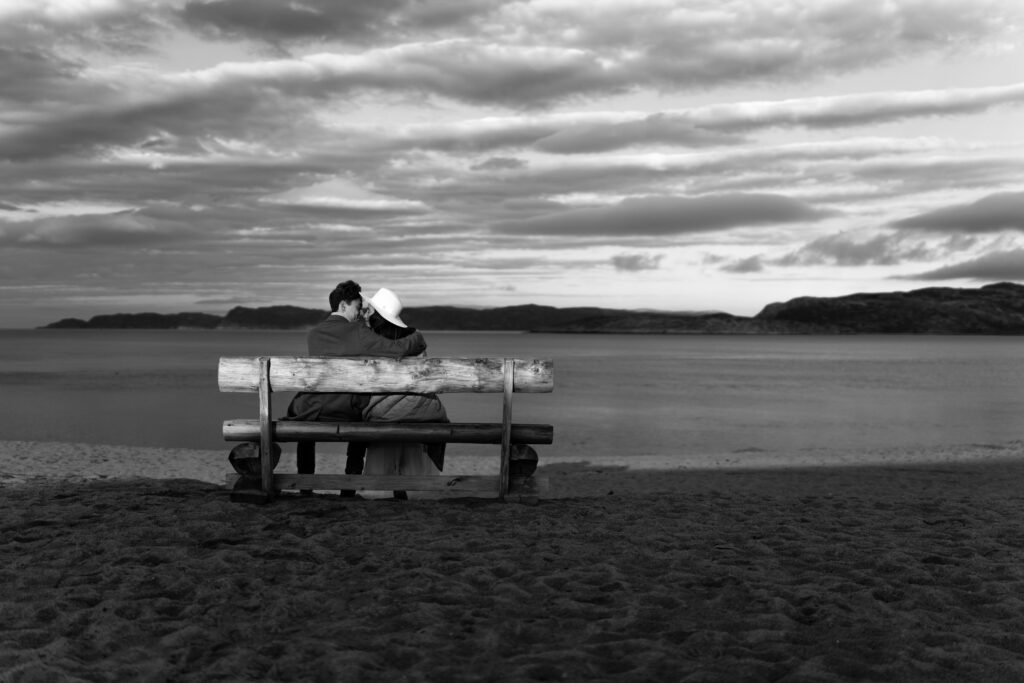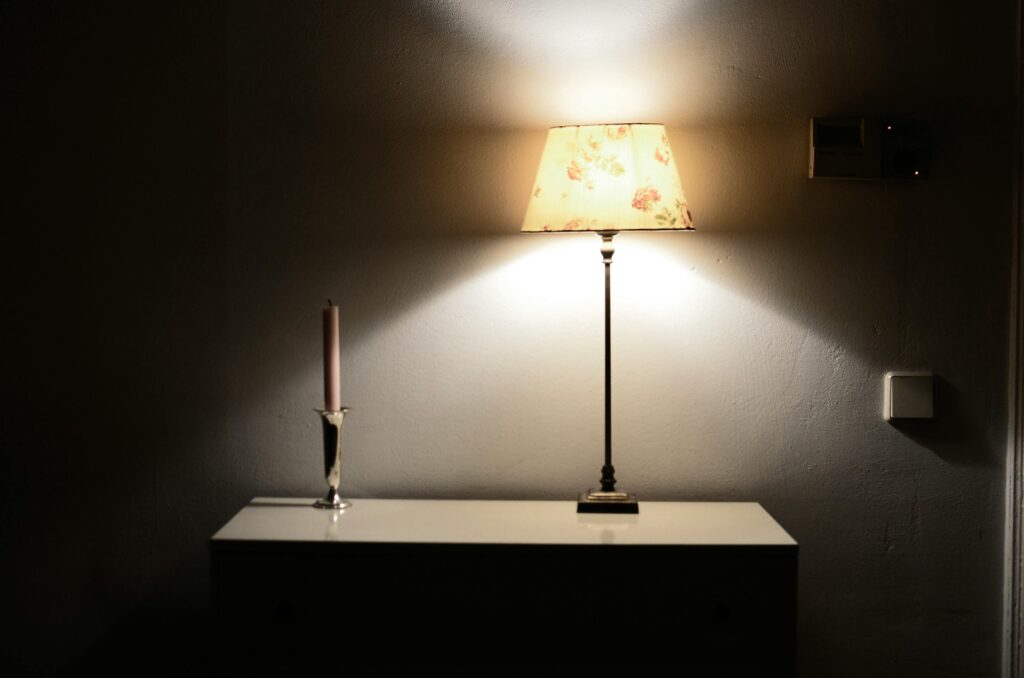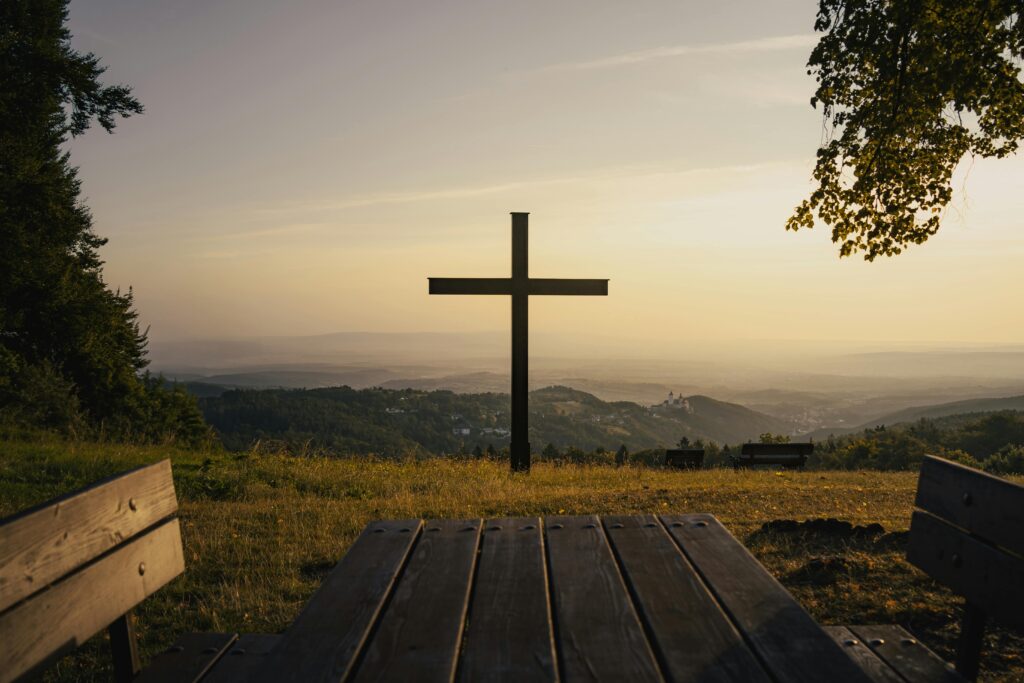Suffering and Resurrection in Latin America
Our region experiences Holy Week immersed in violence, tension, and hope

It is a mysterious time. Holy Week, in the depths of Latin American communities, is a ritual and symbolic exercise in which Catholic liturgy and popular tradition draw on pre-Hispanic and mestizo languages and fuse them to narrate the passion, death, and resurrection of Jesus Christ.
I know urban Holy Week is sometimes less dense. Immersed in the hustle and bustle of the city, it experiences the tension of modern societies. However, it is enough to step outside the big cities during the holy days to find that other universe that places us, as if at once, at the center of the Christian faith and at the center of the history of our peoples.
Indeed, the story of the Passion could capture people’s pain for five hundred years. It is not merely a spectacle experienced from the distance of someone attending a theater. As we delve into the intimacy of popular experience, for example, of Indigenous and marginalized communities, Holy Week is a time of reconnection with our pain, with our own memory, with the near and distant history that explains and projects us.
Unfortunately, it is no exaggeration to say that Latin America is living in times of crucifixion. The poverty and inequality of old are accompanied by the recent crises of the pandemic, neo-populisms—of one kind or another—the cruel activity of organized crime, and the reconfiguration of the global economy in a protectionist and closed-minded way.
The faces of millions of migrants, of marginalized and despised indigenous communities, of searching mothers tracking down their missing children, of exploited workers, of intimidated business owners, of repressed citizens fighting for democracy, justice, and freedom—are a constant cry that tends to be ignored, scorned, and forgotten by those in power and their followers.
However, in this climate that we would prefer not to see, but which prevails due to its breadth and depth, the signs of Hope and Resurrection continue to appear. Every gesture of humanity, of fraternity, of mercy, of justice, however small, and carried out by whomever, opens the door to Hope and is a sign that evil does not have the last word. The Resurrection is present in every struggle waged with kindness, that is, with compassion for the suffering of our neighbors, of our people.
The figure of Saint Oscar Arnulfo Romero, always close and significant, stands out for his prophecy: “The Spirit who resurrected Christ has given us, in that risen Christ, the model of history. All history must journey toward this, to create men who, after living with their crosses on their shoulders, rise to the freedom that must now also be savored on this earth.” (…) “I am saying that the risen Christ already belongs to present history and is the source of freedom and human dignity. And that is precisely why we celebrate Lent as preparation for Easter.” (…) “Lent, then, and Easter are ours, and every people can say the same.” (February 24, 1980).
May the certainty of the Resurrection of Jesus Christ, amidst the difficulties and limitations of the Latin American people, give us hope to continue walking!
Related

The Importance of Accepting Your Partner as They Are
José María Contreras
15 April, 2025
2 min

Day and Night Diary
Francisco Bobadilla
14 April, 2025
4 min

Syncretism and the Relativization of Faith: The Challenge of Religious Relativism in a Pluralist World
Javier Ferrer García
11 April, 2025
5 min

Do I Know How to Exercise Authority Over My Children?
José María Contreras
11 April, 2025
2 min
 (EN)
(EN)
 (ES)
(ES)
 (IT)
(IT)

